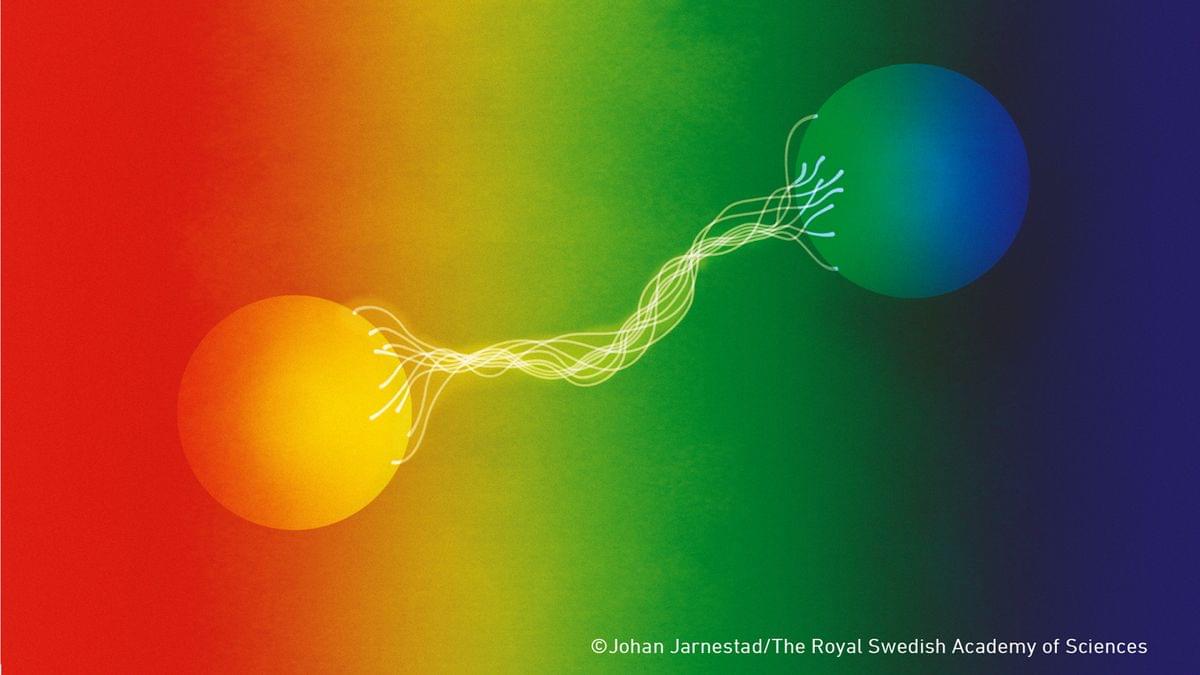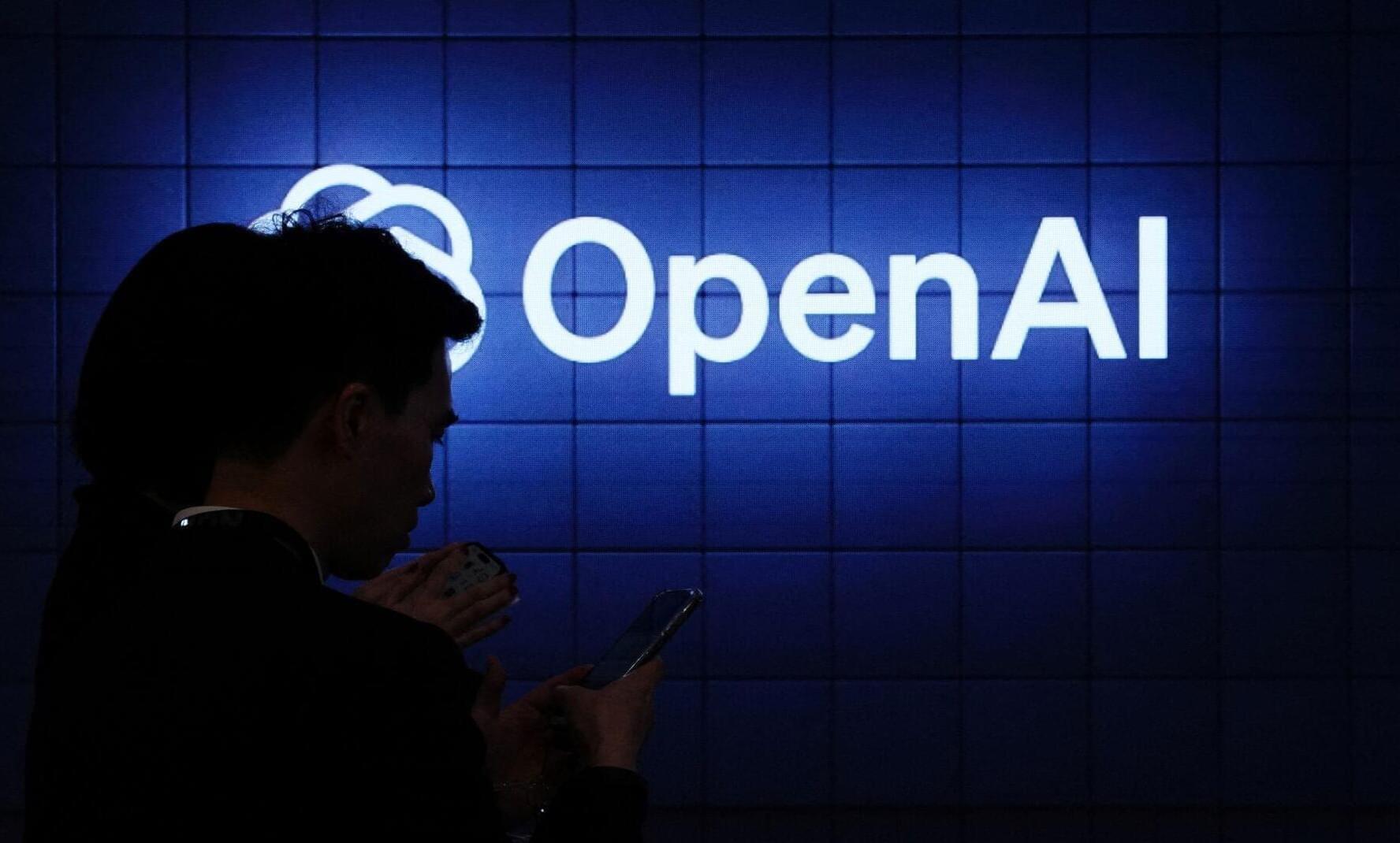AI has helped physicists discover a simpler way of achieving quantum entanglement. This finding could make it easier to develop quantum communication technologies.


Discover Manus, the world’s first fully autonomous AI agent that can perform complex tasks independently without human guidance.
New dynamic robots now spin instant bridges and delicate grippers from polymer fibers.
This new spider-inspired robot can spin its own components and tools on demand using heated polymer technology.



A million years into the future, what remains of humanity? AI-generated visuals bring to life a dystopian vision of Earth’s distant future—a world ruled by the Sovereign, where civilization has evolved beyond recognition. The last true humans, the Ancestrals, fight to survive in the shadows of a world no longer their own. There is no war, no peace—only the Struggle.
💡 What happens when civilization endures for eons?
💡 Can true humanity survive the relentless march of time?
💡 Watch as AI imagines a future shaped by evolution, power, and survival.
⚡ Created with cutting-edge AI-generated visuals and storytelling.
⚡ Experience a sci-fi vision like no other—where deep time reshapes everything.
🔔 Subscribe for more AI-generated sci-fi films and alternate realities!
👍 Like, share, and comment—what do YOU think of this future?
All imagery produced with generative AI tools : Midjourney, Runway Gen3, Hailuoai Minimax, Kling, and Luma Labs Ray2.
Music produced with Riffusion AI.

Happy International Women’s Day to all the women around the world!
I had a great time interviewing Theodora Lau for the (A)bsolutely (I)ncredible podcast on Thursday, ahead of International Women’s Day.
S new book on Amazon: [ https://amzn.to/4iwVogr](https://amzn.to/4iwVogr) ‘ + s Day is this Saturday, and LinkedIn News is spotlighting conversations around today LinkedIn News asked me to share a short-form video about a lesson a woman mentor or colleague taught me and post it with the hashtag #IWD25
S Theodora with her perspective on representation in Artificial Intelligence and in financial services… + m still editing the full interview I will post some more shorts like this one from the interview today for International Women Join the conversation by sharing a short-form video about a lesson a woman mentor or colleague taught you that still shapes your career today using the hashtag #IWD25 to show your support for billions of women around the world.
D like to promote your (A)bsolutely (I)ncredible executive, brand, or product in an interview on the Neural News Network reach out to me directly.
There is no lack of hype around artificial intelligence. We have only begun to scratch the surface of what this powerful technology can do. While tech and financial services become more intertwined, cutting through the noise has become more difficult but also more crucial.

Come listen to one of the great authors in this year’s edition of Future Visions, Jacob Colbruno.
Join Mike DiVerde as he interviews Jacob Colbruno, a visionary thinker and contributor to the OmniFuturists, about the future of energy and civilization. Discover fascinating insights about small modular nuclear reactors, the Economic Singularity, and the path to superabundance. From hands-on farming experience to deep analysis of future energy needs, Jacob shares unique perspectives on how nuclear power, AI, and technological advancement will reshape society. Learn why the next decade could transform how we live, work, and harness energy for a sustainable future.
#EconomicSingularity #NuclearPower #FutureEnergy #Sustainability #TechInnovation